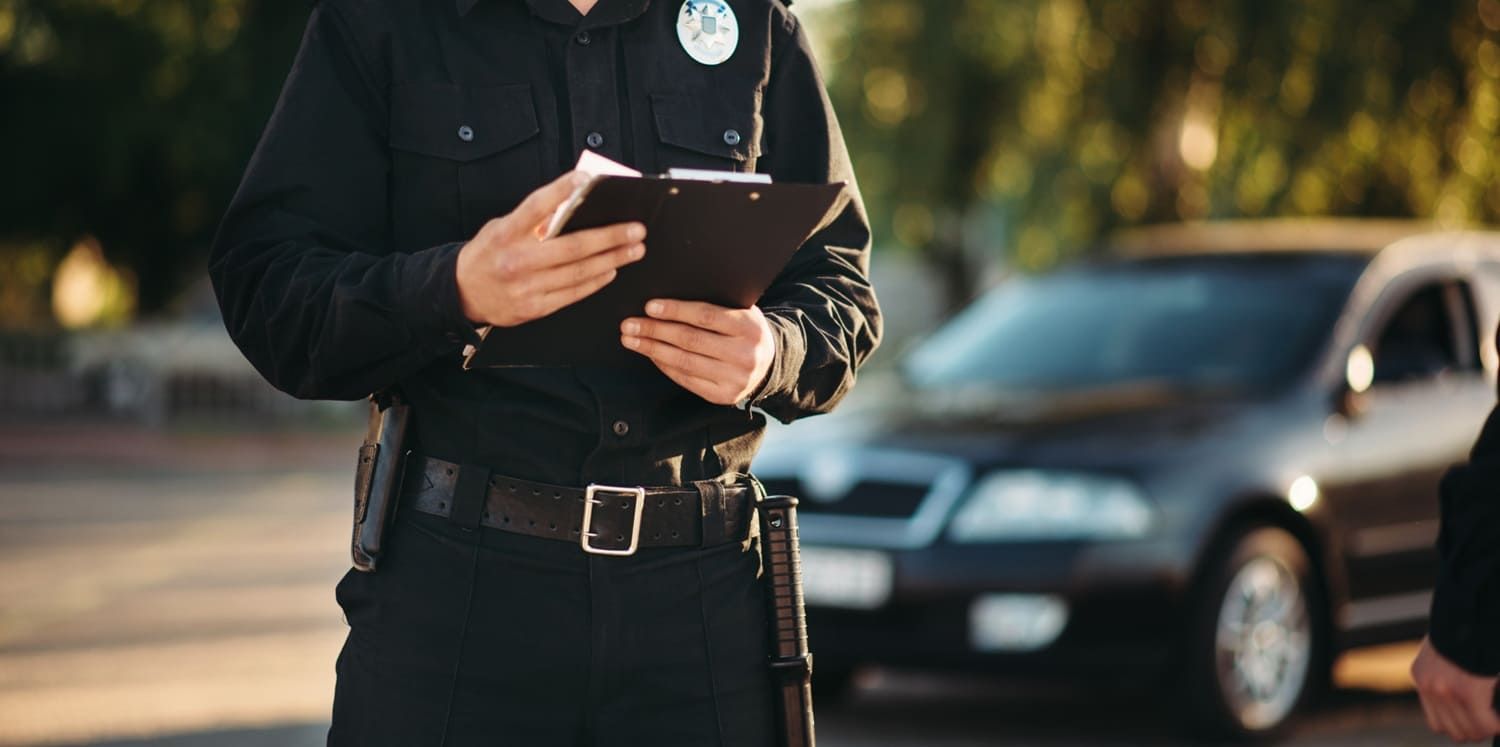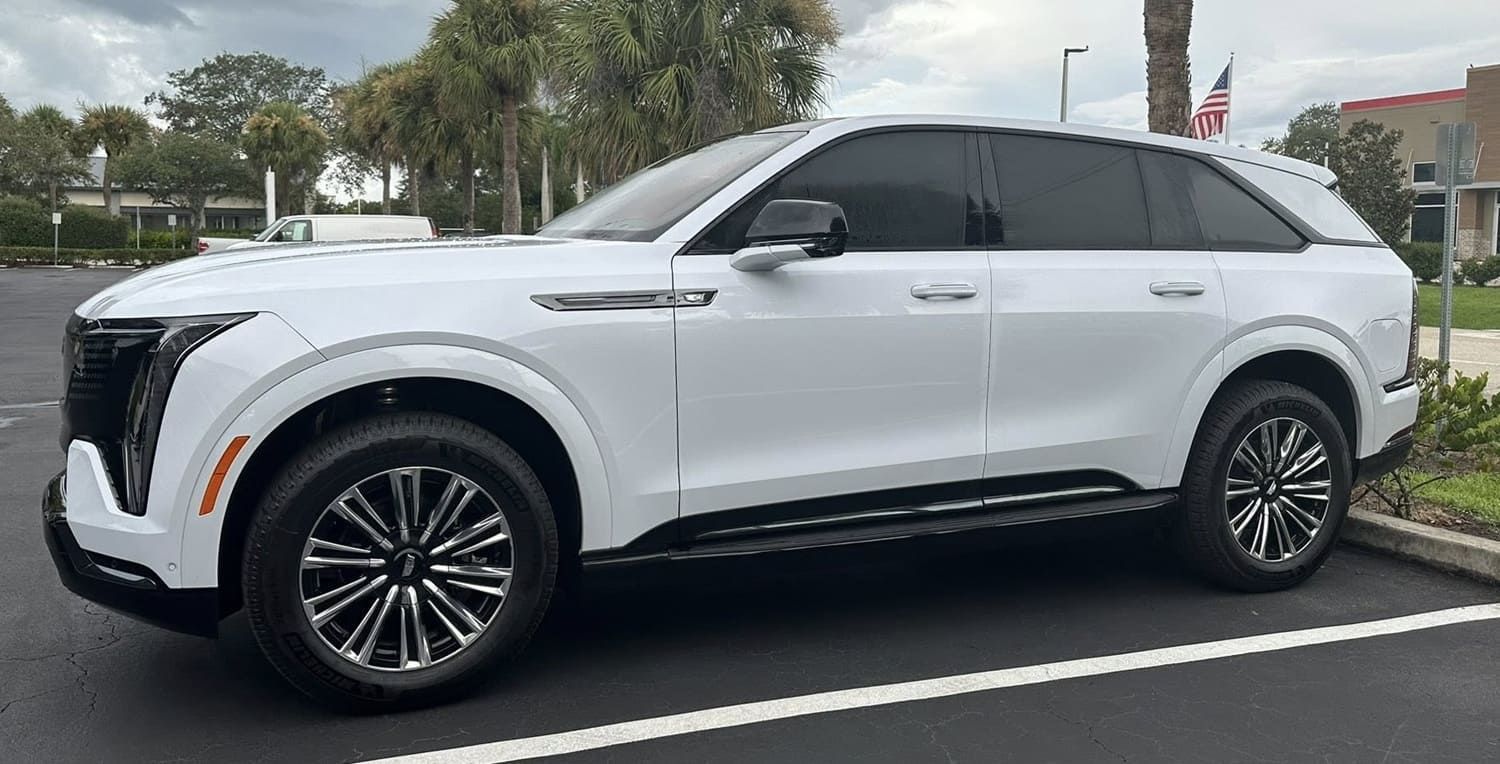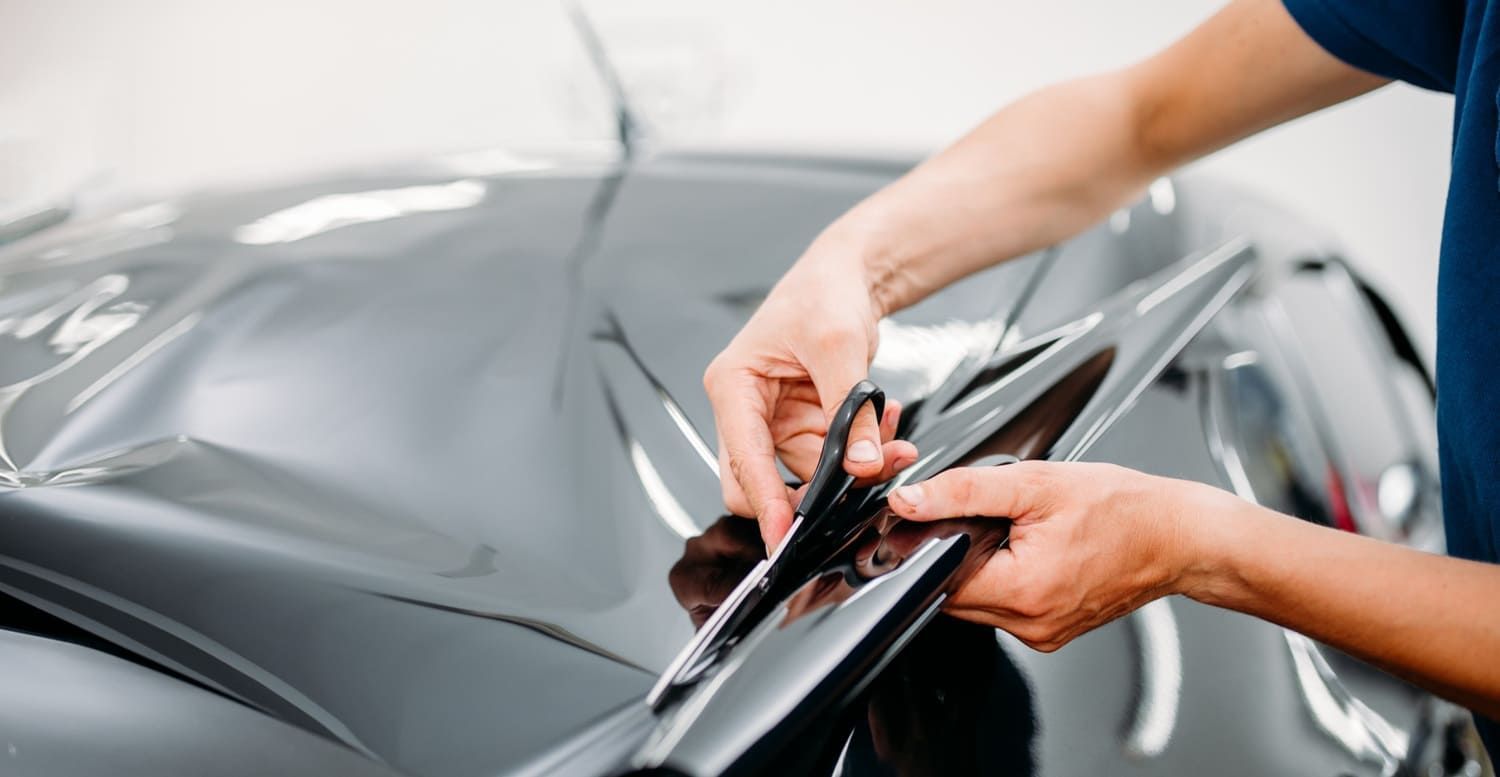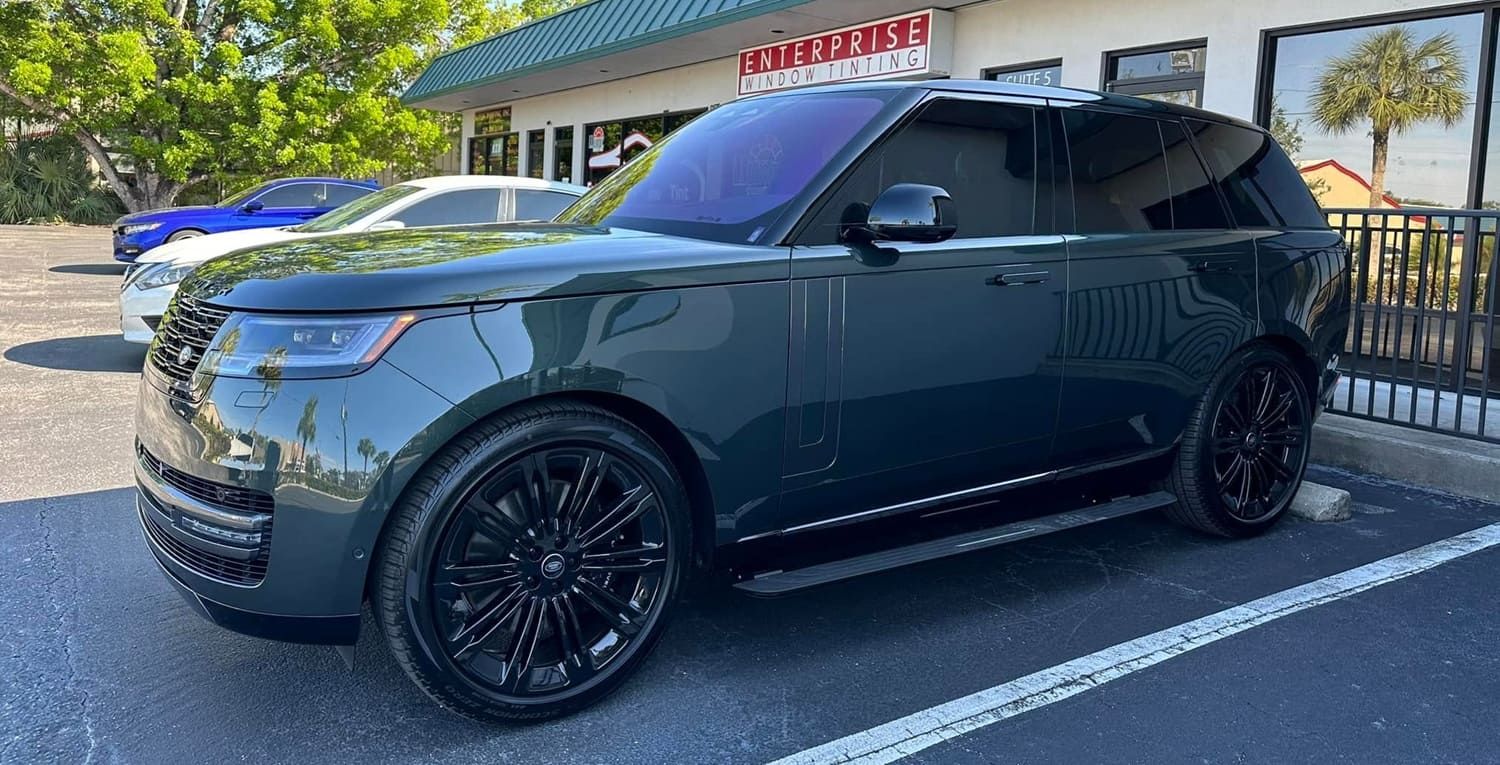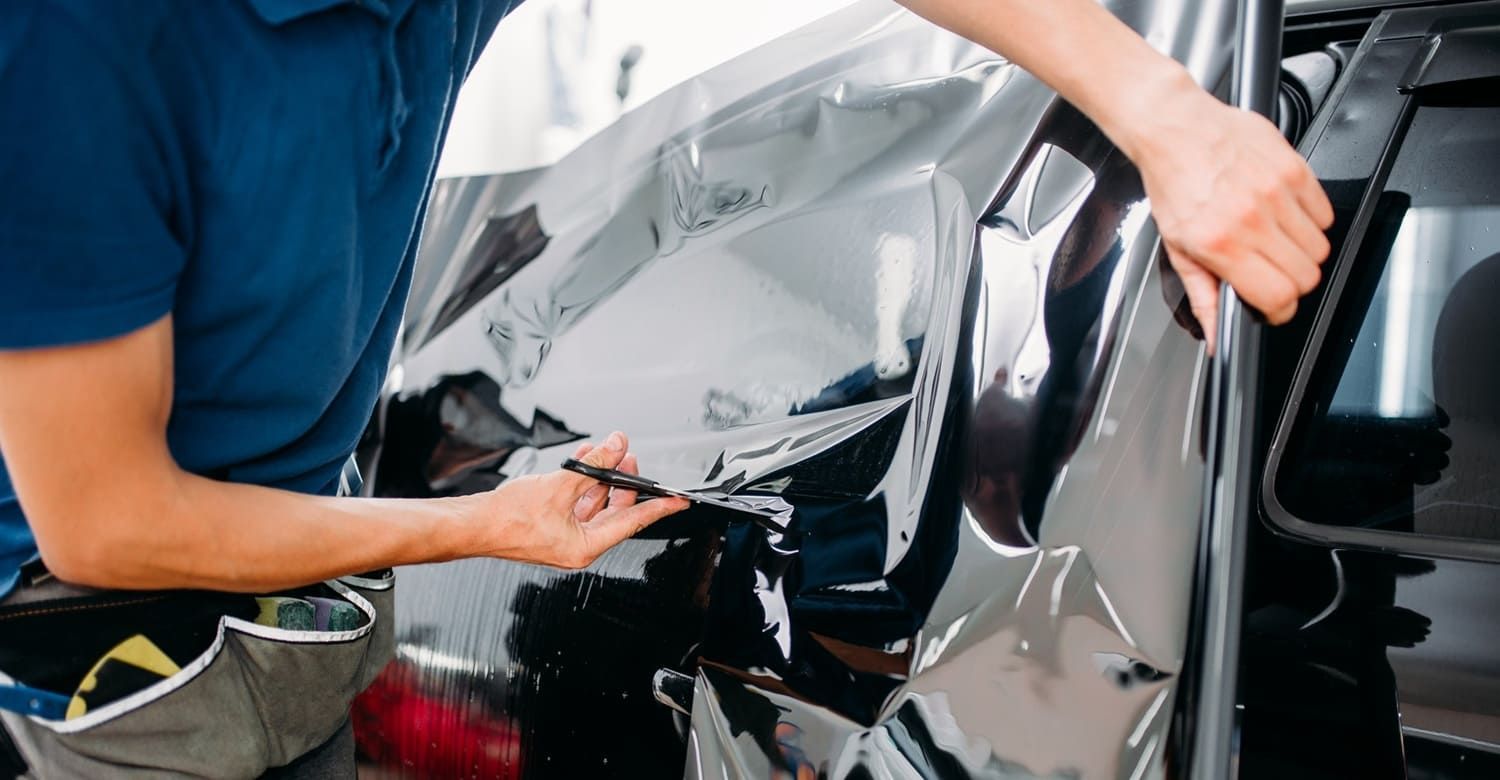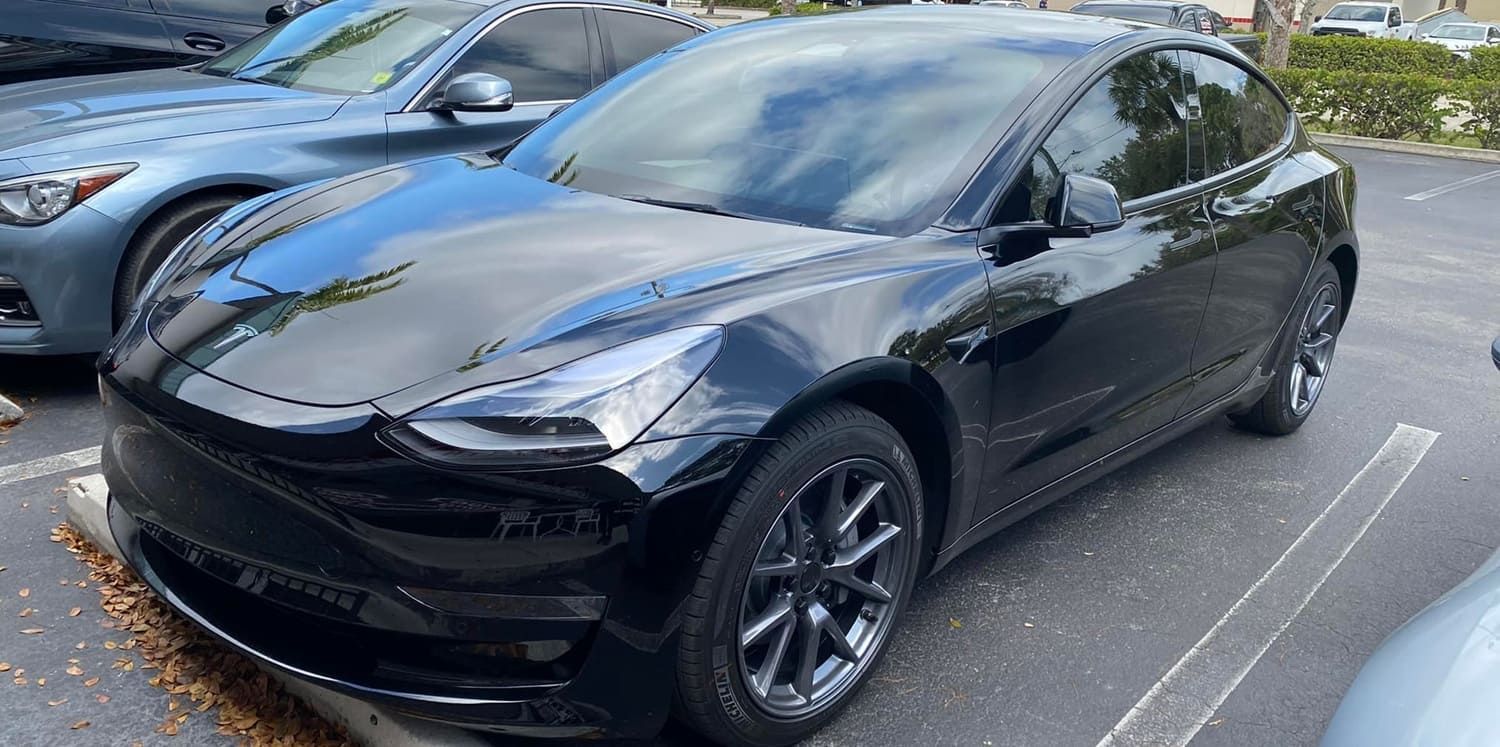Your Guide to Window Tint Laws in Florida 2022
Are you up to date on the window tint laws in Florida? Read up on them in this guide before you choose window tint for your vehicle.
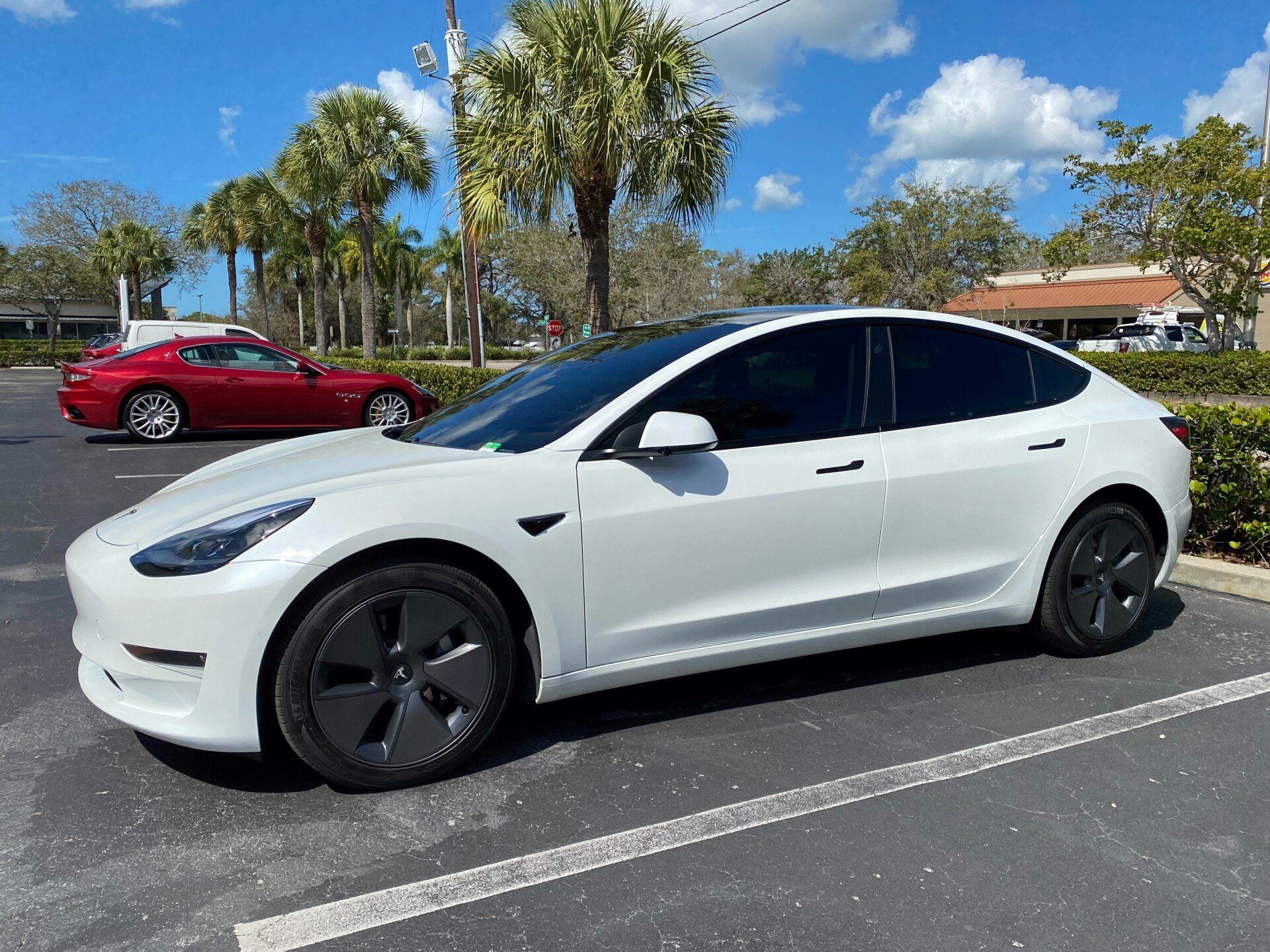
Window tint can cost anywhere from $150 to $400 if you get it done professionally, or you can buy a kit to do it yourself for right around $100 in most places. While professionals in car window tint will advise you of the window tint laws in Florida, it is still imperative to know the laws yourself.
Florida window tint laws are a bit more lenient than some other states because a darker tint is necessary to block out the sun's rays and keep the temperature inside the vehicle to a reasonable degree.
When it comes to shades of window tint, a professional window tinting company is sure to provide you with the best options and help you toe the line on the (sometimes confusing) window tint laws in Florida.
Window Tint Laws in Florida
As mentioned above, the window tint laws in Florida can be a bit confusing. First, let's take a look at a few acronyms and other terms that you'll need to familiarize yourself with.
Once we get that ironed out, we'll go over the Florida window tint laws in complete detail so that you can be well-versed while shopping for car window tints.
Terms To Know
- VLT - Visible Light Transmission
- AS-1 Line - Line below the top of the windshield; a.k.a. "tint strip."
- Reflection - Amount of light reflected off of the glass
Florida Window Tint Laws for Sedans
Now that you're familiar with the verbiage let's take a look at how they apply and the numbers associated with Florida window tint laws. Please note that the numbers are different for each respective vehicle type.
Passenger cars are allowed to have a VLT of more than 28% on the front side windows. This means that your front side windows should allow 28% or more light into the vehicle. You'll notice that regardless of the vehicle, the VLT is going to be higher for the front side windows than the other windows on the vehicle. This is due to the necessity of a clear and unimpeded side-to-side view for the driver while driving.
Passenger cars (termed "sedans" in Florida law and from here on in this article) may have a VLT as low as 15% on the back side windows.
The disparity is due to the fact that passengers in the back seats can deal with darker and more protective tint. They don't have to be the ones driving, after all - unless you're my mother-in-law. She thinks she is the driver regardless of the seat she's in.
In terms of the back window, sedans are allowed a VLT of 15%, as well.
Florida Window Tint Laws for SUVs and Vans
Sport Utility Vehicles and vans have a different set of VLT allowances due to the number of passengers that may be in the vehicle and the fact that children are more likely to be one of those passengers. SUVs and vans are also more likely to be used for hauling cargo, which reduces the need for a clear view from the back.
Owners of SUVs and vans may legally install tint with a VLT of 28% or more on the front side windows, just like sedans. However, they must only have 6% VLT on the rear side windows and back window - mainly for the reasons outlined above.
Non-reflective tint is legal above the AS-1 line for any of these vehicles, as well.
Tint Reflection Limitations
When choosing your car window tint, something else to consider is the allowable percentage of reflection in the tint. While reflective tint is illegal on the windshield and back window of all vehicles (non-reflective tint, as mentioned above, is fine), reflective tint is allowed on both the front and rear side windows.
Whether it be a sedan, an SUV, or a van, front side windows may be up to 25% reflective, while rear side windows may be as high as 35% reflective and still be street-legal.
Odds and Ends of Florida Window Tint Laws
There are some other window tint laws in Florida that most people wouldn't think of that you should consider before having someone install window tint.
For example, Florida law does not allow for the use of any colored tint. While it looks cool, it can be a distraction. The fewer distractions on our roadways, the better.
A few other Florida window tint laws that may be an afterthought or a bit of a surprise involve other mirrored, reflective, or visibility aids on the vehicle. Dual side mirrors are a necessity, for instance. Florida allows for some medical exceptions to these laws, however.
It is easy to provide proof that your tinting is legal because Florida law requires a certificate sticker to be placed on the inside of the front driver-side door jamb. This is also helpful because tint film manufacturers are not responsible for certifying their legality in the state, so the sticker provides another layer of protection for the driver.
Hire A Professional and Be Sure You're Legal
Professional car window tinting services will not only make your ride look way better than the DIY stuff, but they'll also help you understand and abide by the window tint laws in Florida. If you're ready to have car window tint installed or if you'd like to browse certain shades of window tint, check out this service.
Enterprise Window Tinting exclusively install LLumar Auto Film Brands, and the business has been a local staple for car owners and enthusiasts for over 25 years. Even if you're not local to Naples, you can use their convenient online calculator to obtain a free estimate today.
